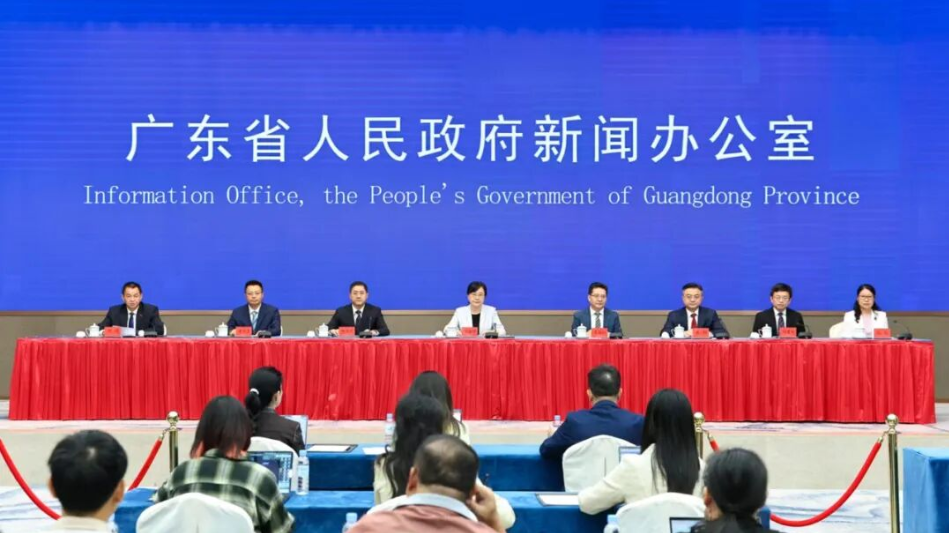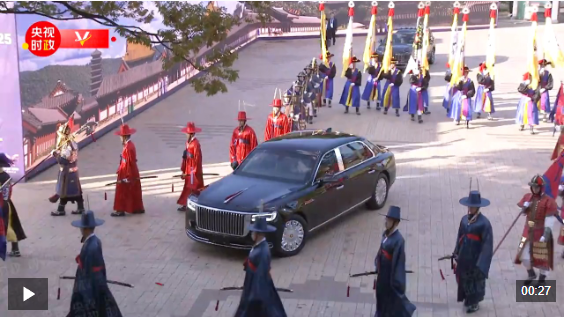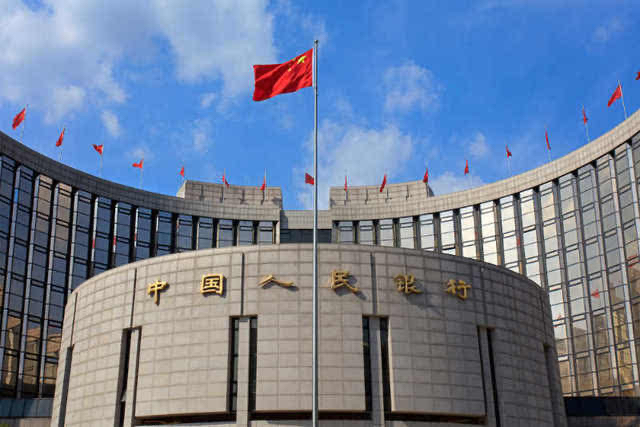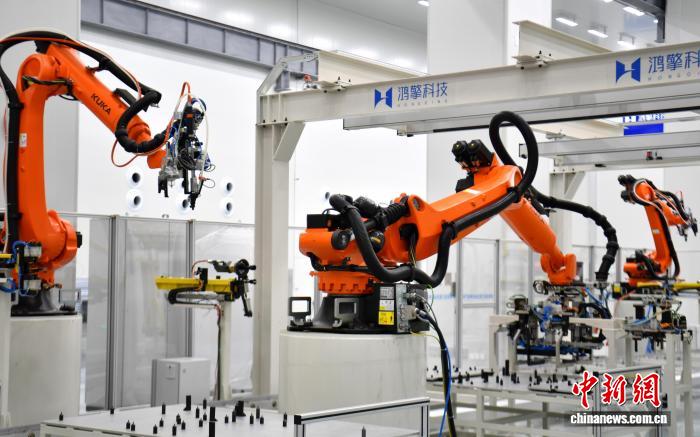China's 1st cross-sea high-speed railway passes static acceptance testing
China's first cross-sea high-speed railway, the Fuzhou-Xiamen-Zhangzhou High-speed Railway which connects Fuzhou and Zhangzhou in East China's Fujian Province, passed static acceptance testing on Friday, creating conditions for the opening of the line within the year.
The railway is a major high-speed project in the southeast coastal area and part of China's "Eight Vertical and Eight Horizontal" high-speed railway network announced in 2016.
Construction of the 277-kilometer-long railway started in September 2017 with its designed highest operating speed of 350 kilometers per hour. A total of eight stations will be set up along the railway line, which are Fuzhou South, Fuqing West, Putian, Quangang, Quanzhou East, Quanzhou South, Xiamen North and Zhangzhou.
The north end of the railway connects the planned Wenzhou-Fuzhou High-speed Railway, and its south end connects the planned Zhangzhou-Shanwei High-speed Railway.
According to the railway authorities, the static acceptance testing is an important part of the completion of high-speed railways, and a first comprehensive "physical examination" of the engineering construction and system equipment of the railway. Railway departments will check to confirm that the project has been completed according to the design and the quality standards and that the system equipment is installed and debugged, the People's Daily reported.
To ensure the smooth progress of the project, the railway departments have intervened in advance and set up several professional work groups to inspect the roadbed, bridges and culverts, tunnels, signals and other high-speed railway construction projects.
After the static acceptance testing is completed, the Fuzhou-Xiamen-Zhangzhou High-speed Railway is expected to enter the joint debugging and joint test stage in April and will be ready for operation within this year.
After the opening of the high-speed railway, the travel time from Fuzhou to Xiamen will be shortened to less than one hour, forming a "one-hour transportation circle." The cities of Xiamen, Zhangzhou and Quanzhou will form a "half-hour transportation circle" and the southeast coastal cities will be connected to form a "golden tourism belt." Besides, the fastest travel by rail between Xiamen and Beijing will be shortened to nine hours from more than 11 hours.
Moreover, the railway is expected to further improve the southeast coastal rapid rail network and promote connectivity between the Maritime Silk Road and urban clusters in the Yangtze River Delta and the Greater Bay Area, helping accelerate the rise of Fuzhou, Xiamen, Zhangzhou and Quanzhou, and to spur the economic and social development of the region as a whole.
 最新热点
最新热点
-
阿富汗北部发生6.3级地震 首都震感明显
阿富汗北部发生6.3级地震 首都震感明显
最新热点新华社喀布尔11月3日电(记者张艺缤 胥舒骜)据美国地质调查局地震信息网消息,阿富汗当地时间3日0时58分(北京时间3日4时28分),阿富汗北部巴尔赫省胡勒...
-
独家视频丨习近平乘车抵达庆州博物馆 韩国总统热情迎接
独家视频丨习近平乘车抵达庆州博物馆 韩国总统热情迎接
最新热点当地时间11月1日下午,韩国总统李在明在庆州博物馆为中国国家主席习近平举行欢迎仪式。 总监制丨申勇 监制丨龚雪辉 记者丨史伟 王鹏飞 邢彬...
-
视频丨李在明回答总台记者提问:致力于加强与中国合作
视频丨李在明回答总台记者提问:致力于加强与中国合作
最新热点11月1日,韩国总统李在明在亚太经合组织领导人非正式会议结束后举行记者会,介绍会议成果。在回答中央广播电视总台记者提问时,李在明表示,中韩经济合作至关重...
-
视频丨APEC秘书处执行主任:期待会议上的中国声音
视频丨APEC秘书处执行主任:期待会议上的中国声音
最新热点10月31日,亚太经合组织(APEC)第三十二次领导人非正式会议将在韩国庆州举行。近日,总台记者专访APEC秘书处执行主任佩德罗萨,并梳理了一份会议看点...
-
独家视频丨习近平会见加拿大总理卡尼















 中国央行:前三季度工业中长期贷款保持较快增长
中国央行:前三季度工业中长期贷款保持较快增长
 首颗“雄安造”卫星完成生产下线
首颗“雄安造”卫星完成生产下线
 中国生成式人工智能用户规模达5.15亿人
中国生成式人工智能用户规模达5.15亿人
